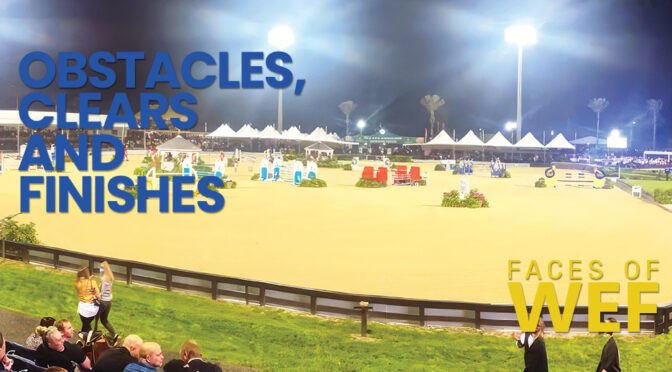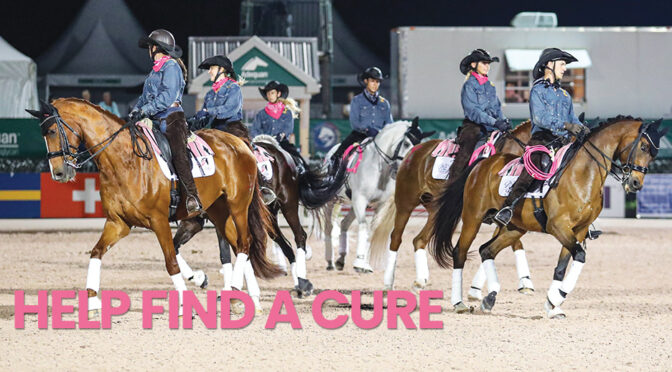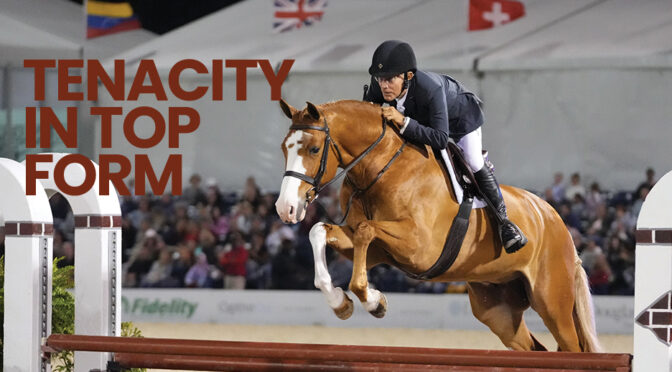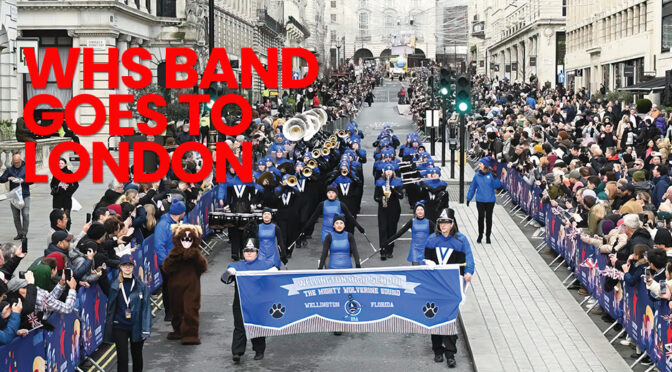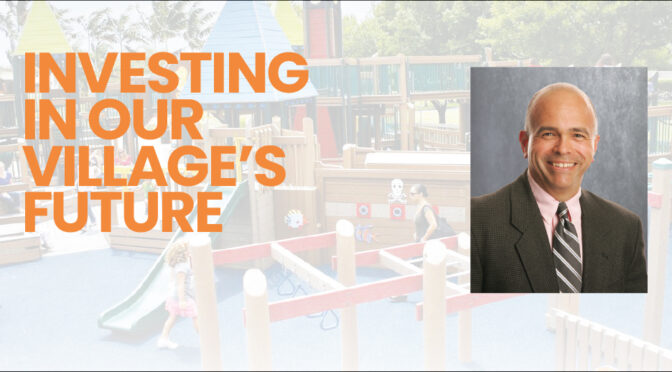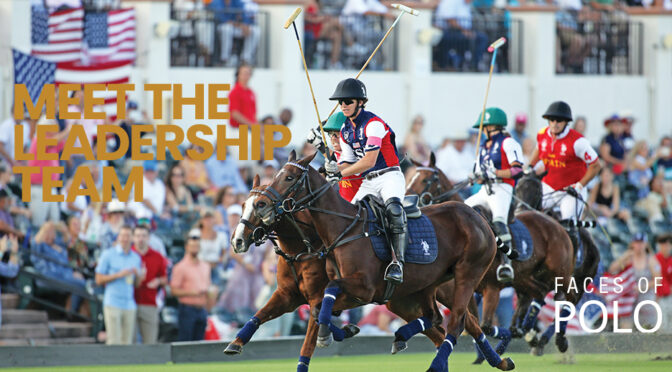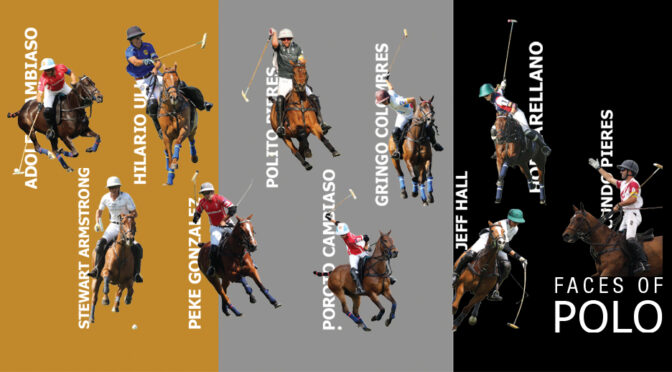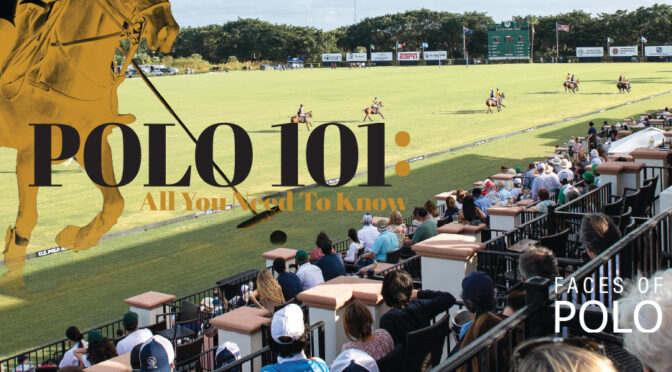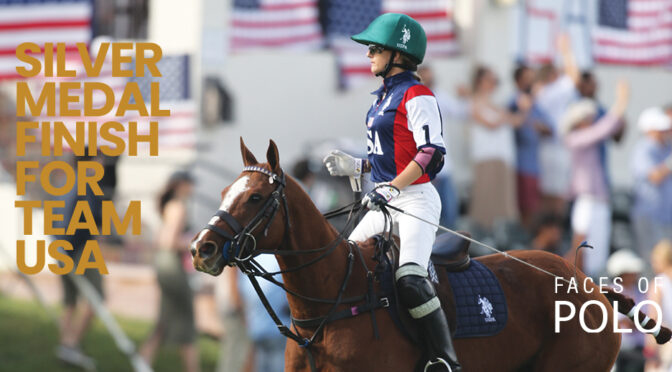By Mike May
To work in the equestrian field as a course designer for hunters, show jumpers and equitation competitors, some of the keys to success and longevity are to have a positive mental attitude, a passion for horses and a true love of the sport. If you can find the joy of being immersed in Wellington’s equestrian environment — which will involve long days and weekend nights — you will thrive.
In many respects, that sums up the mindset you must have to live the life of Andy Christiansen, who specializes in creating course designs for those who compete at the Winter Equestrian Festival in the hunters, show jumpers and equitation events.
Christiansen is now a certified international FEI Level 3 course designer. He’s good at what he does, but he plans to improve and move up the ladder in the course design profession. One of his career goals is to design CSI5* competitions and international championships, such as the Olympic Games.
So far, some of his big career experiences in show jumping are designing national and international competitions across the Americas and working next to world-renowned course designers at previous Pan American Games, World Equestrian Games and South American Games.
“I grew up with horses,” said Christiansen, 38, who is a native of Quito, Ecuador, and is now a full-time Wellington resident. “I have lots of passion for horses and show jumping.”
To work in Christiansen’s circles, you must have patience and be willing to invest time in the profession in order to learn and gain the necessary knowledge and skills to succeed. Christiansen’s ability to design courses for riders did not come from a textbook. It came from listening to others and asking questions.
For Christiansen, life as a course designer is an ongoing education. As long as you are willing to listen, and watch as the sports evolve, you will continue to learn and get educated to continue your professional growth. You also have to be a team player who is willing to help and assist others.
While Christiansen has a home in Wellington, he can usually be found at the Wellington International showgrounds off Pierson Road, especially during the 13-week Winter Equestrian Festival, which is now underway.
“The Winter Equestrian Festival is the biggest horse show in the world, and I enjoy being a part of it,” Christiansen said.
During WEF, it’s especially busy every week from Wednesday to Sunday, which are competition days. On Mondays and Tuesdays, Christiansen and his team plan and get organized for the next five-day gauntlet of competition.
There is far more to Christiansen’s professional life than designing courses at WEF. He is also busy at Wellington International with the Spring Series, Summer Series, Fall Series and the Holiday Series. In all, that’s roughly 30 to 35 weeks of competition in Wellington, where he’s in charge of getting jumping courses designed, installed, modified and removed many times a day, as the rings switch between competitions.
During WEF’s five days of weekly competition, there are three to five classes of competition each day, and three to five different tracks that must be installed throughout the day. To make it all work on a timely basis, Christiansen must plan ahead. He has a large team of professionals — a ring crew of at least 48 people, who transform the horse show’s outdoor jumping rings many times a day. It must be done efficiently and quickly.
“We don’t want our customers waiting on us,” Christiansen said.
This is where teamwork comes into play. In some respects, it’s no different than being a special teams player on a football team, whose job it is to efficiently perform on kickoffs, punt returns and field goal situations. If you make a mistake, everybody will notice.
“We don’t have a great deal of time to make changes, usually 15 to 20 minutes,” Christiansen said.
To be a part of his crew, he expects you to be humble, hardworking, attentive and alert, especially on those Grand Prix Saturday Night Lights events that draw big, enthusiastic crowds.
Christiansen is always committed to excellence. He wants to make it all happen with perfection.
“I consider myself a very organized person,” he said. “Before I head home every night, I make sure that my crew gets the arena ready for the first competition of the next morning. I make sure to leave behind all the needed paperwork and get all details done at the end of the day, just in case something out of the ordinary happens, and I’m not able to be there in the morning. After all, the show must go on.”
When he’s not in Wellington, his profession takes him to many places in the United States, Canada and South America. His U.S. destinations include Michigan, North Carolina, Maryland, Connecticut, California, Virginia and others.
As Christiansen reflects on his career, he said there are two individuals who have served as key mentors for him. They are American course designer Anthony d’Ambrosio and Brazilian Guilherme Jorge. Both have helped Christiansen grow and develop as a course designer, sharing their knowledge and providing sound advice to him over the last 20 years.
For Christiansen, it’s not easy creating a variety of course designs in confined settings, which are all different and diverse. After all, not all show jumpers are in the same skill class, so the degree of difficulty needs to change depending on the ability of the horse and the rider.
According to Christiansen, all competitive venues in show jumping are not created equal, which puts a premium on his ability to design a jumping venue that is always going to be competitive and fair. Some venues are indoors, and some are outdoors.
“The indoor jumping venues are not big arenas, and they are surrounded by walls, bleachers and different elements that cause many distractions, which sometimes makes it challenging to design different courses,” Christiansen explained. “Depending on the venue, the outdoor arenas are normally bigger, but not all the same size. It’s nice to have some variety and different shapes.”
When Christiansen has free time, he gets away from the equestrian world and spends it with his wife and children. They enjoy their free time together, relaxing, swimming, bike riding and fishing.
